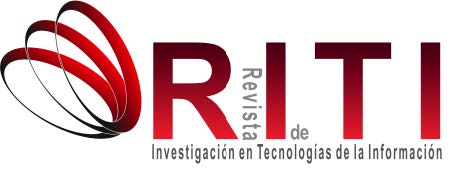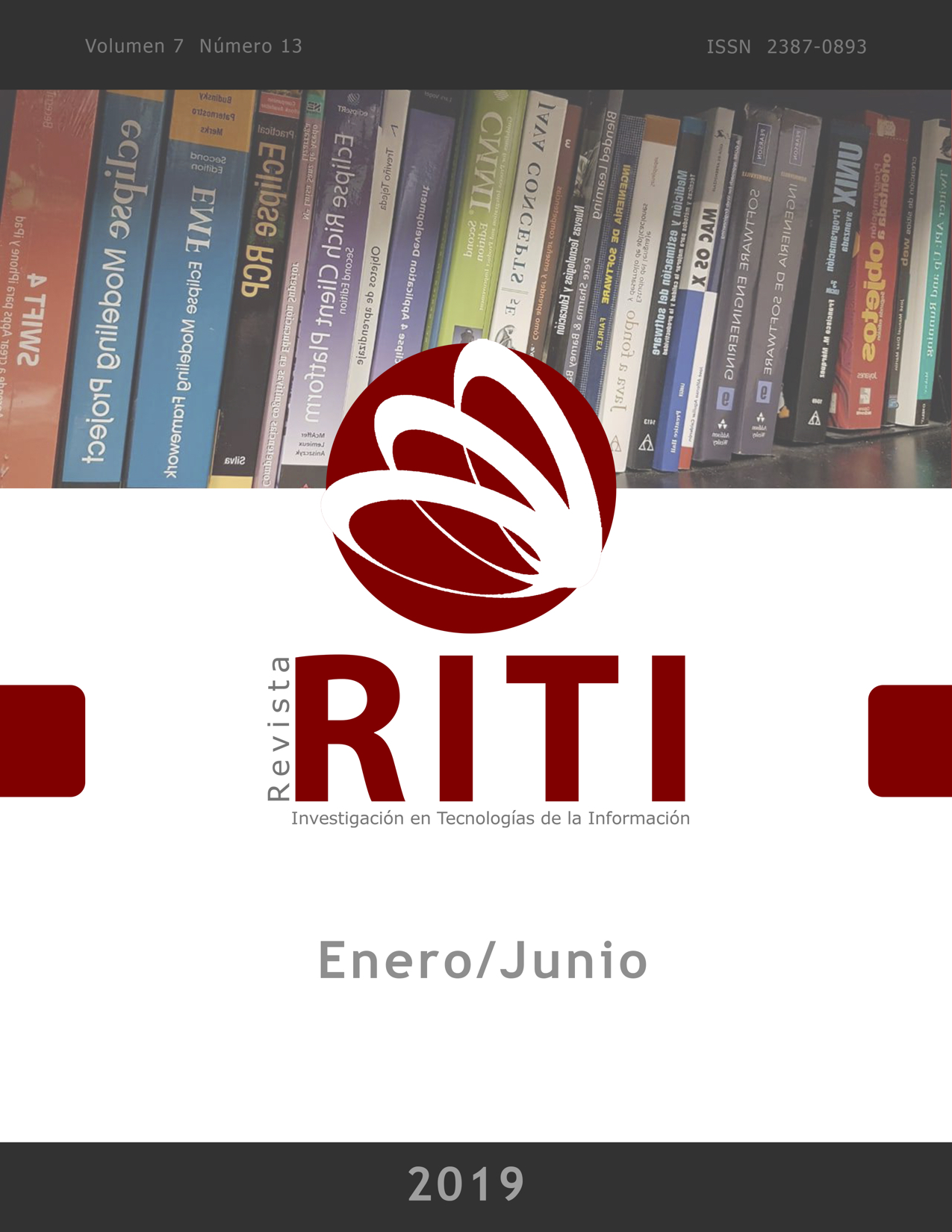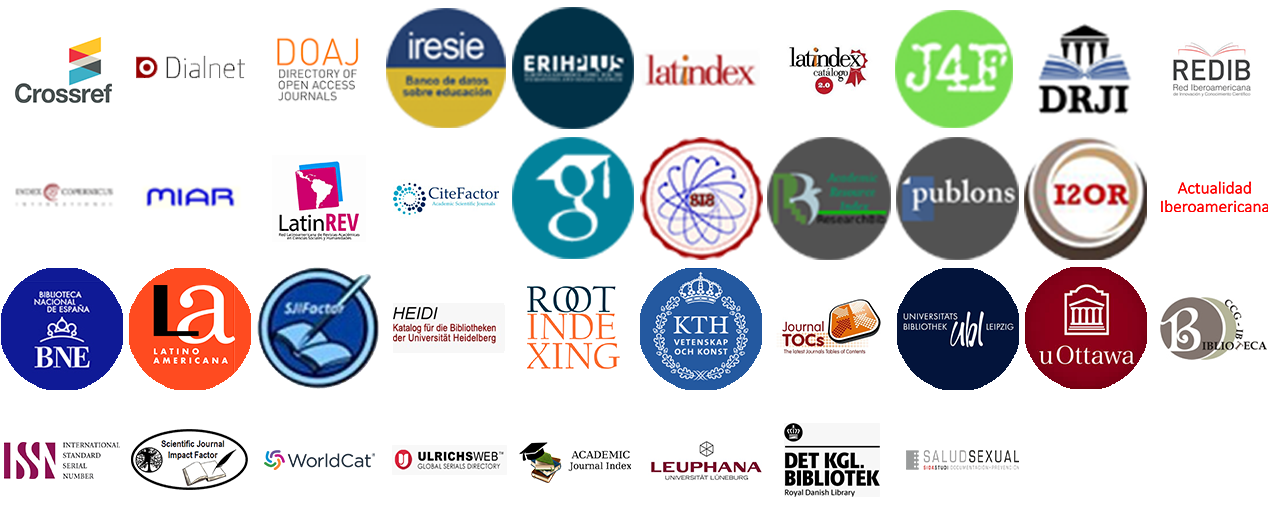MOBILE APPLICATION FOR THE LEARNING OF THE ENGLISH LANGUAGE IN THE FOURTH GRADE
Keywords:
Mobile Devices, Mobile Learning, Learning and Knowledge TechnologiesAbstract
The incorporation of technologies in pedagogical practices implies greater integration of the school in the context of the information society. This implies a necessary step from Information and Communication Technologies to Learning and Knowledge Technologies. That is to say, to school the technologies, to take them to the classrooms and to give them sense and pedagogical utility. The use of technological means in the teaching-learning process gives way to the growth of mobile learning or m-learning. Mobile devices have become common tools, offering a wide range of effects that can include teaching and learning. Therefore, students are able to actively contribute to the development of innovative educational uses of technology, since they are intertwined with other aspects of their lives in spontaneous learning, teaching practices and intersecting with everyday life. Research carried out confirms the existence of problems in the learning of the English language in the students. In order to eradicate this problem, it is proposed to implement a mobile application that allows a better development of the basic skills of the English language, increase the motivation and the study of this subject in primary education specifically in fourth grade. For the implementation of the mobile application, the Mobile-D methodology was used in an integrated development environment, Android Studio and the Java programming language.
References
Valdés Bermúdez, R., Puig García, A., Aguirre Cruz, A., Reyes Martínez, E., Duarte Martínez, A., Barata Álvarez, A. (2015). Manual didáctico sobre la integración de las cuatro habilidades lingüísticas en la enseñanza del inglés. EDUMECENTRO, 7 (4), 56-70. Recuperado de: http://scielo.sld.cu/pdf/edu/v7n4/edu05415.pdf
Bernal Díaz, M., Zaldívar-Colado, A. (2017). Uso del Software educativo como estrategia para favorecer la lectura. Revista de Investigación en Tecnologías de la Información (RITI), 5 (9), pp. 43-47. Recuperado de: http://www.riti.es/ojs2018/inicio/index.php/riti/article/view/37/34
West, M., Vosloo, S. (2013). Directrices de la UNESCO para las políticas de aprendizaje móvil. Recuperado de: https://unesdoc.unesco.org/ark:/48223/pf0000219662
Becker,A., Cummins, M., Davis, A., Freeman, A., Hall Giesinger, C., Ananthanarayanan, V. (2017). NMC Horizon Report: 2017 Higher Education Edition. Austin, Texas: The New Media Consortium.
Romero, D., Molina, A., Chirino, V. (2010). Aprendizaje Móvil: Tendencias, cuestiones y retos. IEEE-RITA, 5 (4), 123-124.
Martínez Noris, L., Valledor Estevill, R., Avila Aguilera Y. C. (2017). El uso de los dispositivos móviles para la gestión del conocimiento en la educación superior. En Santiesteban, E. et al (Eds), Ciencia e Innovación Tecnológica (pp. 4396-4402). Coedición Edacun-Redipe. Recuperado de: http://edacunob.ult.edu.cu/jspui/handle/123456789/4
Low, L. (2006). Connections: Social and mobile tools for enhancing learning. The Knowledge Tree journal, (12), 1-10.
Nuez, G., Sánchez Suárez, J.A. (2014). Innovar para educar: uso de los dispositivos móviles en la enseñanza y aprendizaje del inglés. Historia y Comunicación Social, 19 (Núm. Especial Enero), 771-779. Recuperado de: https://revistas.ucm.es/index.php/HICS/article/view/45001
Torres, L. (2017). Compartiendo Apk Number Fun!!! Aprende los números en inglés hasta el millón. Recuperado de: https://jorgen.cubava.cu/2017/03/09/compartiendo-apk-number-fun-aprende-los-numeros-en-ingles-hasta-el-millon/
López, A. (s.f.). Phrasal Verbs Machine. Recuperado de: https://phrasal-verbs-machine.uptodown.com/android
Published
How to Cite
Issue
Section
License
Copyright (c) 2019 Revista de Investigación en Tecnologías de la Información

This work is licensed under a Creative Commons Attribution-NonCommercial-NoDerivatives 4.0 International License.
Esta revista proporciona un acceso abierto a su contenido, basado en el principio de que ofrecer al público un acceso libre a las investigaciones ayuda a un mayor intercambio global del conocimiento.
El texto publicado en la Revista de Investigación en Tecnologías de la Información (RITI) se distribuye bajo la licencia Creative Commons (CC BY-NC
 ), que permite a terceros utilizar lo publicado citando a los autores del trabajo y a RITI, pero sin hacer uso del material con propósitos comerciales.
), que permite a terceros utilizar lo publicado citando a los autores del trabajo y a RITI, pero sin hacer uso del material con propósitos comerciales.



